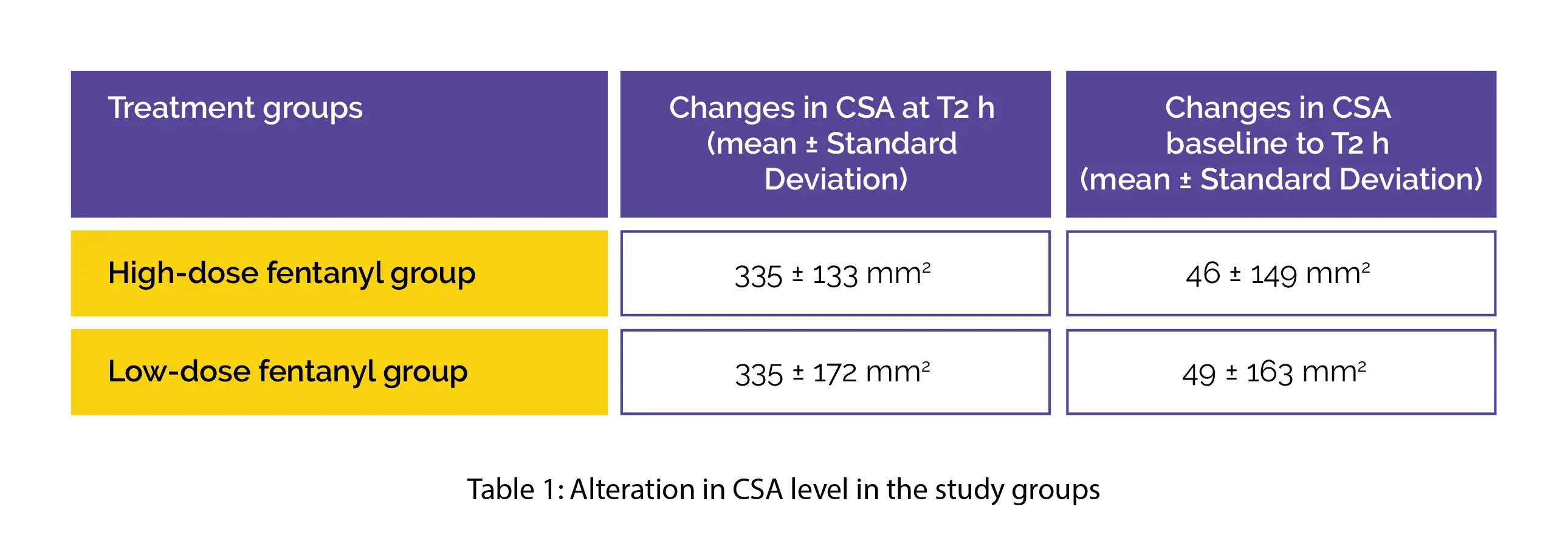Categories
Change Password!
Reset Password!


Both high and low dose epidural fentanyl can decrease gastric emptying among the non fasted labouring women.
As per the findings of a recent double-blind randomized trial, both the low (>100 μg) and high (<100 μg) doses of epidural fentanyl showed similar treatment effects in reducing gastric emptying among a cohort of non fasted labouring women. Investigators to determine the effects of low and high dose fentanyl among nonfasted labouring women. A total of 80 labouring females (aged at least eighteen years) with a cervical dilation 5 cm or less, and at least thirty-seven weeks gestation with a cephalad foetus and single pregnancy were enrolled.
These women were randomized to receive either a low dose (<100 μg) or a high dose (>100 μg) of epidural fentanyl. The antral cross-sectional area (CSA) at epidural placement and two hours thereafter were evaluated using gastric content assessment by gastric ultrasonography. The primary endpoints included assessment of CSA at T2 h whereas secondary endpoints included assessment of differences in CSA between baseline and T2 h.
A comparison of the stomach content at T2 h was done in subgroup analysis according to the baseline, high dose vs low dose fentanyl, empty (CSA <381 mm2) vs full (CSA ≥381 mm2). At baseline, 17 had a full stomach and 63 has an empty stomach. Changes in CSA between high-dose vs low dose fentanyl groups were observed, as shown in Table 1:

According to the baseline stomach content, no significant differences were observed in CSA at T2 in the subgroup analysis. These findings showed that epidural fentanyl can be considered for treating gastric emptying among nonfasted parturients.
European Journal of Anaesthesiology
The effect of high-dose versus low-dose epidural fentanyl on gastric emptying in nonfasted parturients: A double-blinded randomised controlled trial
Elisheva Fiszer et al.
Comments (0)